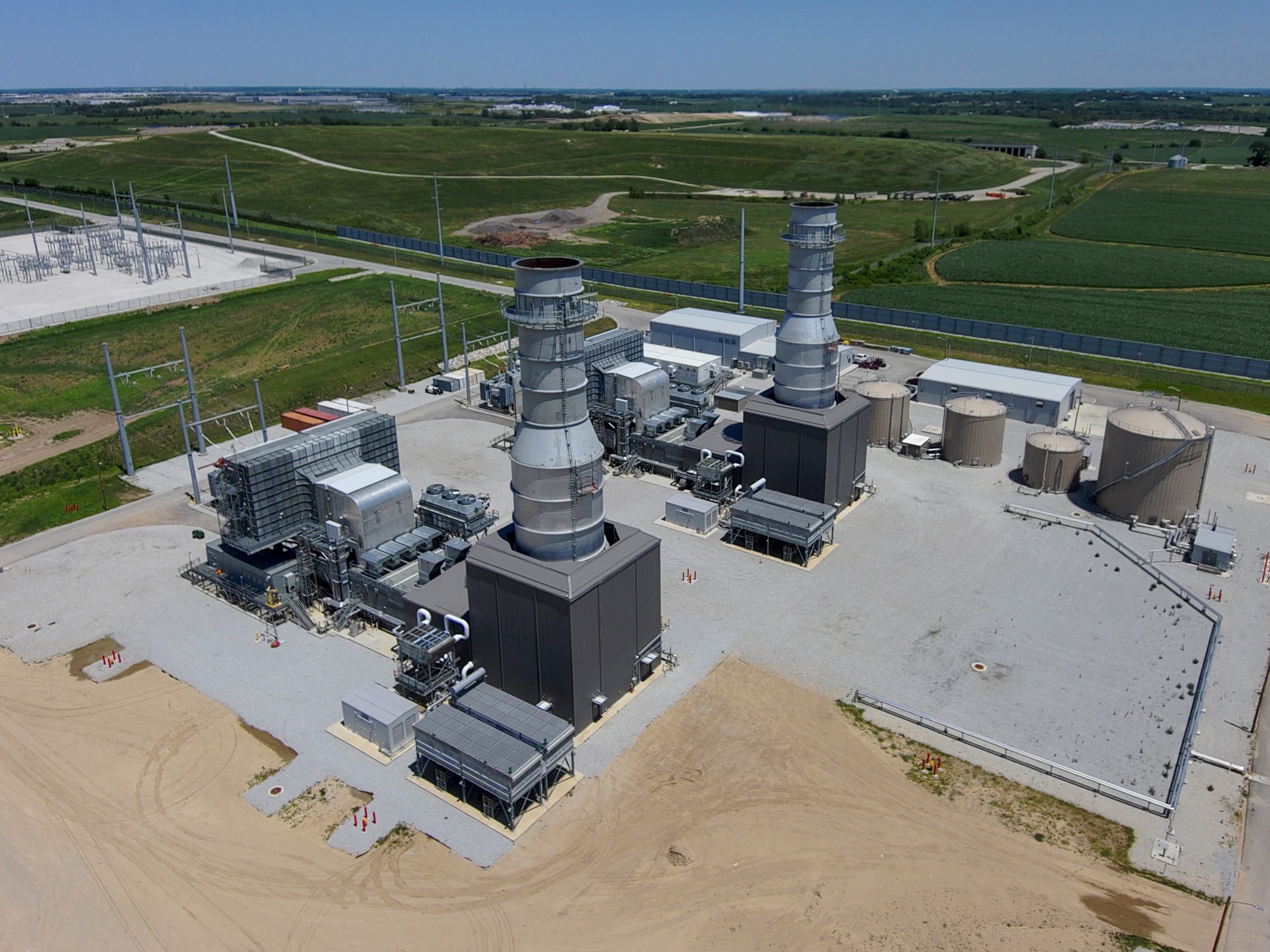Budget proposal seeks to meet increased demand, costs

OPPD unveiled a new budget proposal Tuesday to help keep pace with surging demand for electricity, rising costs and new regulations that will require even more generation.
The 2026 Corporate Operating Plan (COP) paves the way for crucial infrastructure investments needed to maintain reliability and serve the enormous load growth in OPPD’s service territory.
To help manage those expenses, the COP recommends a 6.3% average rate increase for all customer classes, composed of a 5.8% average general rate increase and a 0.5% increase to the Fuel and Purchased Power Adjustment (FPPA) factor, a line item on bills.
OPPD’s rates are still lower on average than most other utilities and are gaining a competitive edge against both regional and national averages, which have risen substantially faster. As of 2024, OPPD’s average retail rate was 30.2% below the national average, according to the U.S. Energy Information Administration. Preliminary numbers indicate that the 2025 rates are also 30.2% below the national average.
The new budget proposal would go into effect starting in 2026, pending approval by the utility’s board of directors in December.
“Maintaining reliability is our top priority while managing costs,” said OPPD President and CEO Javier Fernandez. “We are doing everything in our power to be good financial stewards and minimize any impact on our customer-owners.”
On average, residential customers will see a 6% increase, or about $7 on a $115 bill. Commercial customers will see an average increase of 3.7%, while industrial customers will see an average increase of 8.9%. Each customer class has several rates available to them, so customers may see more or less of these amounts depending on their specific customer class rate.
Rising costs
Prices for steel, copper and concrete have soared so fast that they’ve outpaced the consumer price index, a common measure of inflation. As a result, transformers, power lines, generators and other equipment all cost much more than they did just a year ago.
An industry-wide labor shortage is driving up costs and wait times as well. With regulatory studies, agreements, accreditation requirements, requests for proposals, construction time and other factors, new generation projects can now take up to seven years to build.
OPPD also faces new regulatory demands.

Starting in 2026, the Southwest Power Pool (SPP) will require OPPD and its other member utilities to maintain much larger reserves of electrical capacity to ensure reliable power during extreme summer and winter weather. The SPP is a regional transmission organization (RTO) with member utilities that buy and sell power to one another to ensure regional reliability and competitive wholesale prices.
The new regulations will promote a reliable power supply throughout the central United States but also require OPPD to build even more just to serve its existing customer load.
Unprecedented demand
OPPD is seeing unprecedented demand as Nebraska’s economy grows and relies more than ever on electricity. New manufacturing, biotech companies, data centers and food and agricultural processing all play a role, as does demand from residential customers. The more the system grows, the larger the reserve margin required by SPP.
“We believe this rate adjustment properly balances both the needed critical infrastructure to enable our community to grow and the rising cost of power as we strive to keep rates competitively low,” said OPPD Chief Financial Officer and Vice President for Financial Services Brad Underwood. “Every year this is a delicate balance for the OPPD organization and it is a mature muscle that we continually invest in.”
Managing the change
OPPD has already cut nearly $60 million in costs internally, with a hiring freeze for non-essential employees and a pause on certain major construction projects, including a planned Integrated Operations Center. Projects and maintenance work deemed non-essential were deferred or canceled.
The utility also offers assistance programs for low-income customers struggling to pay their bills.
The budget proposal for 2026 includes essential projects that directly affect customer service and system performance. The investments in generation, transmission and distribution will support reliability and growth.
OPPD is constantly planning for future needs. Recently, however, cost pressures have accelerated much faster than historical cost pressures have risen.
Allocating costs
OPPD has the privilege to provide electric service to anyone who requests it. The utility sets its rates using what’s known as a cost-of-service model.
First, OPPD calculates the cost to operate reliably and safely, including all generation and purchased power, transmission and distribution, maintenance and upgrades, customer service and operations, and regulatory and reliability requirements.
Then the utility divides those costs among different customer groups (residential, commercial and industrial) based on how much energy they use, when they use it and the infrastructure necessary to serve them.
OPPD then designs rates that reflect cost causation (customers pay for what they use), fairness (avoiding subsidization), pricing stability (avoiding big price swings), efficiency (encouraging smart energy use) and transparency (sharing the process and rationale with the public).
As a result, this process works to ensure cost causers are cost payers and how customers use the electric system is driving the rate they pay.
Progress made
Beyond the budget proposal, OPPD celebrated major achievements over the last year and overcame challenges.
Turtle Creek Station, a new state-of-the-art natural gas plant, is now online to help strengthen and diversify the utility’s energy portfolio.
A phased, multi-year rollout of Advanced Metering Infrastructure (AMI), a new technology ecosystem, will help OPPD pinpoint outages faster and with more precision.
Online, OPPD launched a new customer self-service portal, an improved outage map, and an interactive “Projects in your Neighborhood” page to provide a better customer experience.
And the utility responded in massive force to a March blizzard, the most destructive in OPPD’s history and the fifth-largest outage ever.
“As a public power utility, we’ve risen to the challenge to serve our customer-owners as efficiently as possible,” Fernandez said. “I’m proud of everything our team has accomplished and we will stay focused on future delivery as well.”

Grant Schulte joined OPPD as a content generalist in 2022. He is a former reporter for The Associated Press, where he covered the Nebraska Legislature, state politics and other news for a global audience. He is a graduate of the University of Iowa and a proud Hawkeye. In his free time he enjoys running, reading, spending time with his wife, and all things aviation.
View all posts by Grant Schulte >







